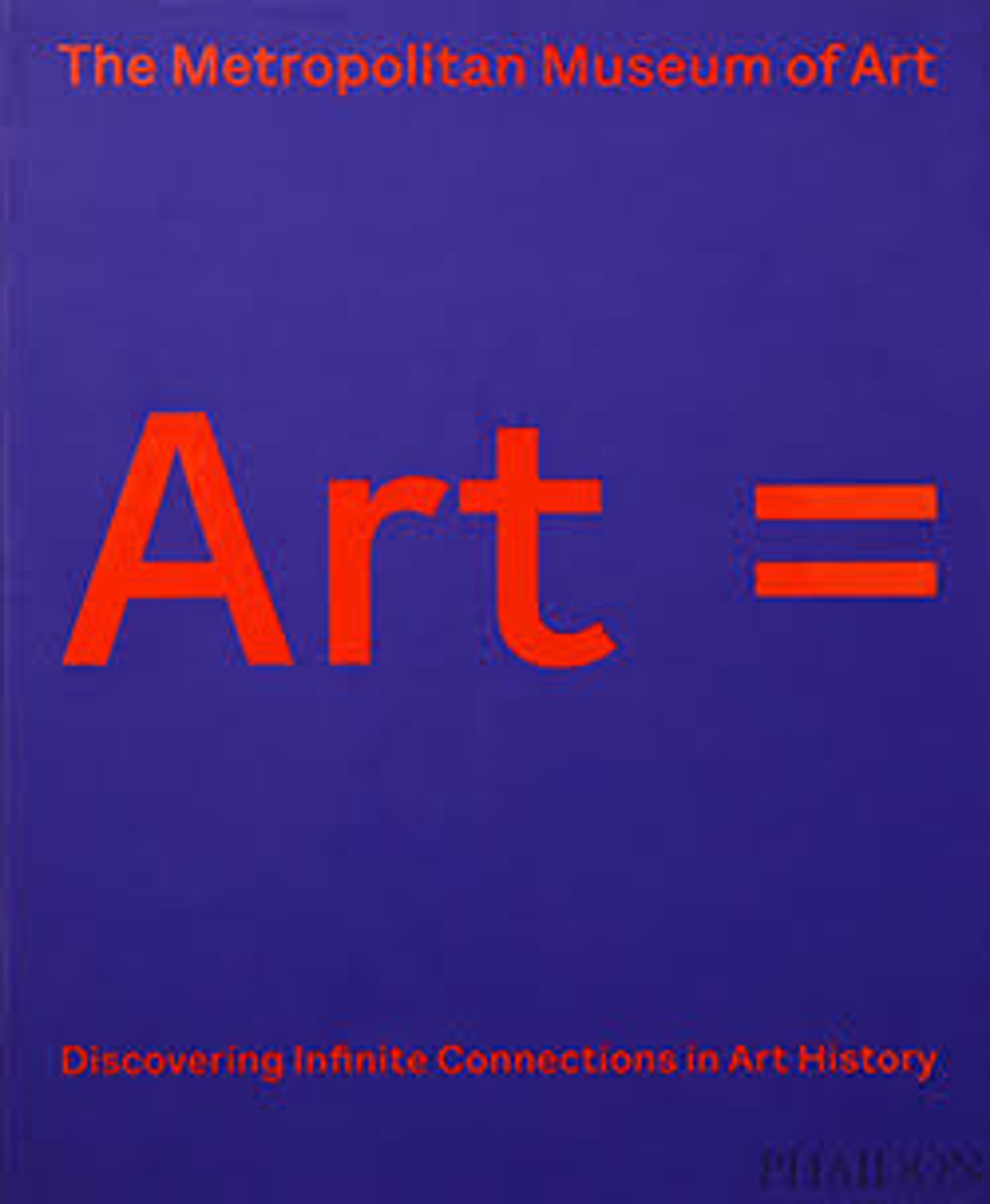Terracotta vase in the shape of a cockerel
This small vase, inscribed with the twenty-six letters of the Etruscan alphabet, may have been a container for ink. The head acts as a stopper and could be attached to the bird’s body by a cord. The missing tail no doubt curved downward to form a third foot.
Artwork Details
- Title: Terracotta vase in the shape of a cockerel
- Period: Archaic
- Date: ca. 650–600 BCE
- Culture: Etruscan
- Medium: Terracotta; bucchero
- Dimensions: H. 4 1/16 in. (10.31 cm)
- Classification: Vases
- Credit Line: Fletcher Fund, 1924
- Object Number: 24.97.21a, b
- Curatorial Department: Greek and Roman Art
Audio
1215. Terracotta vase in the shape of a cockerel, Part 1
0:00
0:00
We're sorry, the transcript for this audio track is not available at this time. Please email info@metmuseum.org to request a transcript for this track.
Listen to more about this artwork
More Artwork
Research Resources
The Met provides unparalleled resources for research and welcomes an international community of students and scholars. The Met's Open Access API is where creators and researchers can connect to the The Met collection. Open Access data and public domain images are available for unrestricted commercial and noncommercial use without permission or fee.
To request images under copyright and other restrictions, please use this Image Request form.
Feedback
We continue to research and examine historical and cultural context for objects in The Met collection. If you have comments or questions about this object record, please contact us using the form below. The Museum looks forward to receiving your comments.
